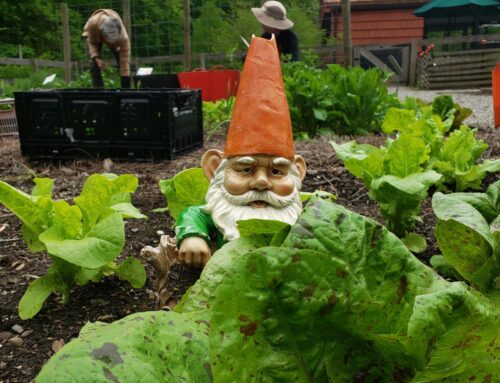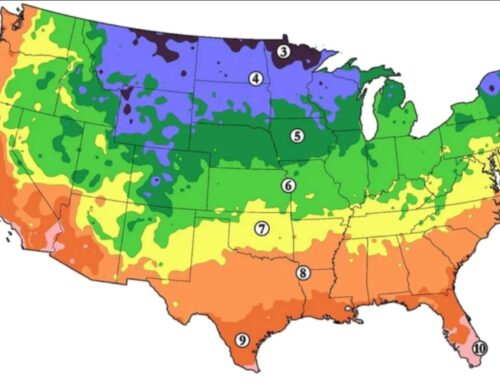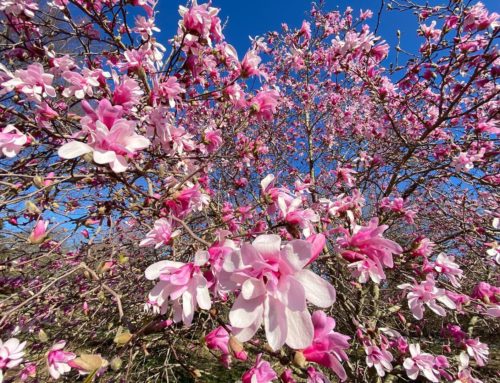Because spring peepers are amphibians, their body temperature is the same as the air around them. In winter, they hibernate under logs or behind loose bark on trees. During their winter hibernation, spring peepers can allow the majority of their bodies to freeze. They can do this (and still survive) because their livers produce large quantities of glucose which functions as both antifreeze and sustenance during hibernation. An important part of the food chain, spring peepers eat beetles, ants, fleas and spiders. They are food for birds, snakes, turtles, and even chipmunks and muskrats.
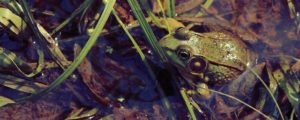
Another sound we may encounter later in spring is the Northern green frog. I have seen and heard these frogs at the ponds by the Scenic Loop. They often stop calling as you approach the pond, but if you stop walking and quietly wait, they will begin their “twang” like calls. Although the vegetation can be thick in the ponds, I have seen the green frogs near the edge of the water. Again, waiting quietly is the key. They measure two to four inches and can be bronze or brown as well as green. They look like a bullfrog but are smaller and they begin their mating calls in May and continue through August. They are an indicator species, meaning that due to their permeable skin, frogs are quickly affected by air and water pollutants. Scientists study them to learn about the effects of pollution.
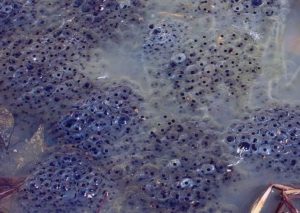
Although spring peepers and Northern green frogs are not currently threatened, many other frogs are. Frog populations world-wide have declined dramatically since 1950, and it is believed that 120 species have become extinct since 1980. Frogs play an important role in ecosystems. By eating insects, they help control insect populations. Their tadpoles eat algae which help clean water and regulate algae blooms. In order to focus of education and awareness, The World Wildlife Federation has named April as Frog Month.
Even though we don’t often see these elusive creatures, their presence is critical to a balanced ecosystem and add to the experience of being outside.


